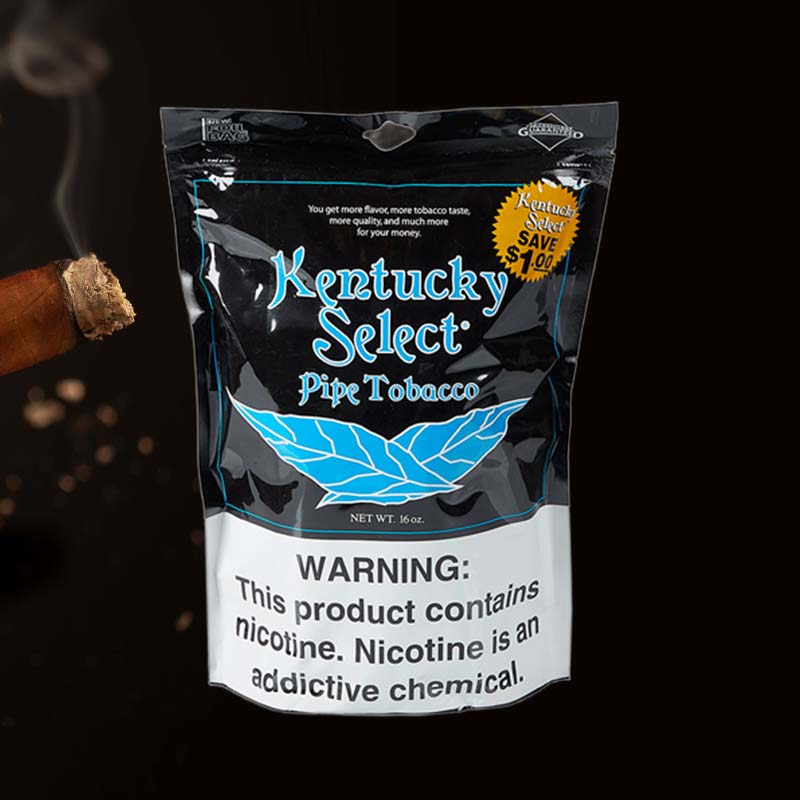How to test the accuracy of a thermometer
Today we talk about How to test the accuracy of a thermometer.
As someone who loves cooking, the accuracy of my thermometer means everything to me. Did you know that even a small deviation in temperature by just 2°F (1°C) can alter the outcome of a dish? Cooking meat, for instance, requires precision; chicken should be cooked to 165°F (73.9°C) to ensure safety. So, I’ve discovered several straightforward methods to test the accuracy of a thermometer. Join me as I delve into each method!
Ice Bath Test
How to Perform the Ice Bath Test
The ice bath test is a well-known method to check the accuracy of a thermometer, providing a reliable benchmark of 32°F (0°C). In my experience, this test only requires a few simple steps:
- Fill a bowl with ice cubes and add cold water to create an ice-water mixture.
- Let the mixture sit for a couple of minutes to ensure it’s at equilibrium.
- Insert your thermometer into the ice-water mixture, ensuring the sensing part is fully submerged.
- Wait for the reading to stabilize, which typically takes about 30 seconds, and it should read 32°F (0°C).
If my thermometer reads off by more than ±1°F (±0.5°C), I know it’s time to recalibrate. Knowing that I can rely on this test gives me peace of mind when I’m cooking!
Boiling Water Test

How to Use the Boiling Water Test
The boiling water test provides another critical accuracy check, with the standard known temperature at 212°F (100°C) at sea level. Here’s how I do it:
- Fill a pot with water and bring it to a rolling boil.
- Carefully lower the thermometer into the water without touching the pot’s sides.
- Allow it to sit for at least 30 seconds until the reading stabilizes.
- Check for a reading around 212°F (100°C) – you may need to adjust for your elevation if you’re above sea level.
I learned that at higher altitudes, the boiling point of water decreases by approximately 1°F for every 500 feet. If my thermometer reads more than ±1°F from 212°F, it’s time to make some adjustments.
Steps for Performing Your Own Accuracy Test

Materials Needed
Before performing these tests, I gather the following materials:
- Ice cubes (enough to fill a bowl)
- Cold water
- A pot filled with water for boiling
- A digital or dial thermometer
- A stable surface to conduct the tests
Having these items straightened out in advance makes my testing process smooth and efficient!
What Affects the Accuracy of Thermometers?

Common Factors Impacting Accuracy
Throughout my time cooking, I’ve discovered various factors that can greatly influence thermometer accuracy. Here are some critical ones:
- Improper storage: Storing thermometers in extreme temperatures can damage internal components.
- Calibration errors: Regular cooking can cause thermometers to drift, necessitating recalibration every 6 months.
- Excessive moisture: Water damage can lead to malfunctions in digital thermometers.
Recognizing these factors helps me maintain my thermometers, ensuring they remain reliable when I need them!
What to Do If You Determine That Your Thermometer Is Out of Spec
Steps to Take After Testing
If my tests reveal that my thermometer is inaccurate, I have a few steps to follow:
- First, I would attempt to recalibrate according to the manufacturer’s instructions.
- If recalibration doesn’t rectify the issue, I consider changing the battery if it’s a digital thermometer.
- Finally, if all else fails, it may be time to invest in a new thermometer, focusing on durability and reliability.
Creating this action plan makes the troubleshooting process less confusing, giving me quick solutions in the kitchen!
How to Calibrate Thermometers

Best Practices for Calibration
Calibration is key to maintaining the accuracy of thermometers. Here’s how I handle it:
- Use the ice bath test to verify against 32°F (0°C) and adjust if necessary.
- If using a digital thermometer, refer to the manual for calibration methods.
- Repeat the boiling water test to confirm against 212°F (100°C).
Experts recommend recalibrating every 6 months to a year to ensure accuracy, which I’ve made a habit of!
Things NOT to Do When Testing the Accuracy of Your Thermometer
Common Mistakes to Avoid
In my quest for accuracy, I’ve discovered some common mistakes to avoid:
- Never allow the thermometer to touch the sides of the container during tests, as it can skew readings.
- Don’t rush the stabilization time; readings can take longer depending on the type.
- Avoid repeated temperature testing in rapid succession, as it can yield inconsistent results.
A little careful attention during these tests prevents inaccuracies and gives me more reliable results!
Expert Tips for Accurate Temperature Measurement

Pro Recommendations
Here are some tips from industry experts on maintaining thermometer accuracy:
- Use a thermometer that fits your needs, like a probe thermometer for meats or a digital instant-read for general use.
- Perform regular accuracy tests as mentioned above, ideally every month, especially during heavy cooking seasons.
- After each use, clean your thermometer to prevent bacteria buildup, and store it in a protective case.
These practices provide me with invaluable peace of mind in my cooking endeavors!
Video Demonstration of Testing Kitchen Thermometer for Accuracy

Visual Guide to Accuracy Testing
Watching a video demonstration has significantly enhanced my understanding of thermometer accuracy. I benefit from visual guides that illustrate the testing process step-by-step, ensuring I do everything correctly!
How to Test Your Instant Read or Probe Thermometer for Accuracy

Maximizing Accuracy with Instant Read Thermometers
When using instant-read thermometers, I focus on these specific practices:
- Insert the probe into the thickest part of food for at least 10 seconds for accurate readings.
- Regularly check the calibration as outlined before, especially when switching between hot and cold foods.
- Store in a safe, dry place to minimize damage during off-seasons.
Recognizing the limitations of instant-read thermometers helps me maximize their effectiveness in the kitchen.
What Styles of Kitchen Thermometers Can Be Tested for Accuracy?
Types of Thermometers Suitable for Testing
In my experience, various types of kitchen thermometers are appropriate for accuracy testing, including:
- Digital instant-read thermometers, which provide rapid and accurate feedback.
- Dial thermometers, often favored for their long-term reliability.
- Probe thermometers, designed for deep cooking applications.
- Infrared thermometers, suitable for surface temperature checks, though not ideal for food temperature.
Learning about different styles has equipped me to select the best tool for each culinary challenge!
What to Do If Your Thermometer Is Inaccurate

Options for Repair or Replacement
In the unfortunate situation where my thermometer is deemed inaccurate after testing, here’s my approach:
- Check if it’s within warranty for repair or replacement options.
- Look for common issues, like battery replacement for digital versions.
- If repair isn’t feasible, I explore reliable brands in the market for a replacement.
Having a plan like this reduces my frustration and keeps my kitchen running smoothly.
Conclusion
Final Thoughts on Thermometer Accuracy
Throughout my cooking journey, the importance of testing the accuracy of my thermometer cannot be overstated. By following simple tests and practices, I ensure my thermometer reads accurately, allowing me to cook with confidence. After all, whether it’s achieving the right temperature for a perfectly safe chicken or ensuring my candy reaches the soft-ball stage at 240°F (115.6°C), thermometer accuracy is essential!
FAQ

How do you know if your thermometer is accurate?
To confirm if my thermometer is accurate, I perform the ice bath test for 32°F (0°C) and the boiling water test for 212°F (100°C). If readings deviate from these known temperatures, I consider calibration.
How do you test the accuracy of a temperature probe?
To test the accuracy of a temperature probe, I use the ice bath or boiling water tests. Each test helps confirm whether my probe thermometer gives precise readings within acceptable tolerances.
How do you measure temperature accuracy?
Measuring temperature accuracy involves conducting standard tests like the ice bath at 32°F (0°C) and boiling water at 212°F (100°C) to gauge whether the thermometer delivers accurate readings.
How to check fever thermometer accuracy?
To check fever thermometer accuracy, I can apply ice bath and boiling water tests to ensure it reads close to the standard temperatures. Consistency is critical for health-related measurements.





